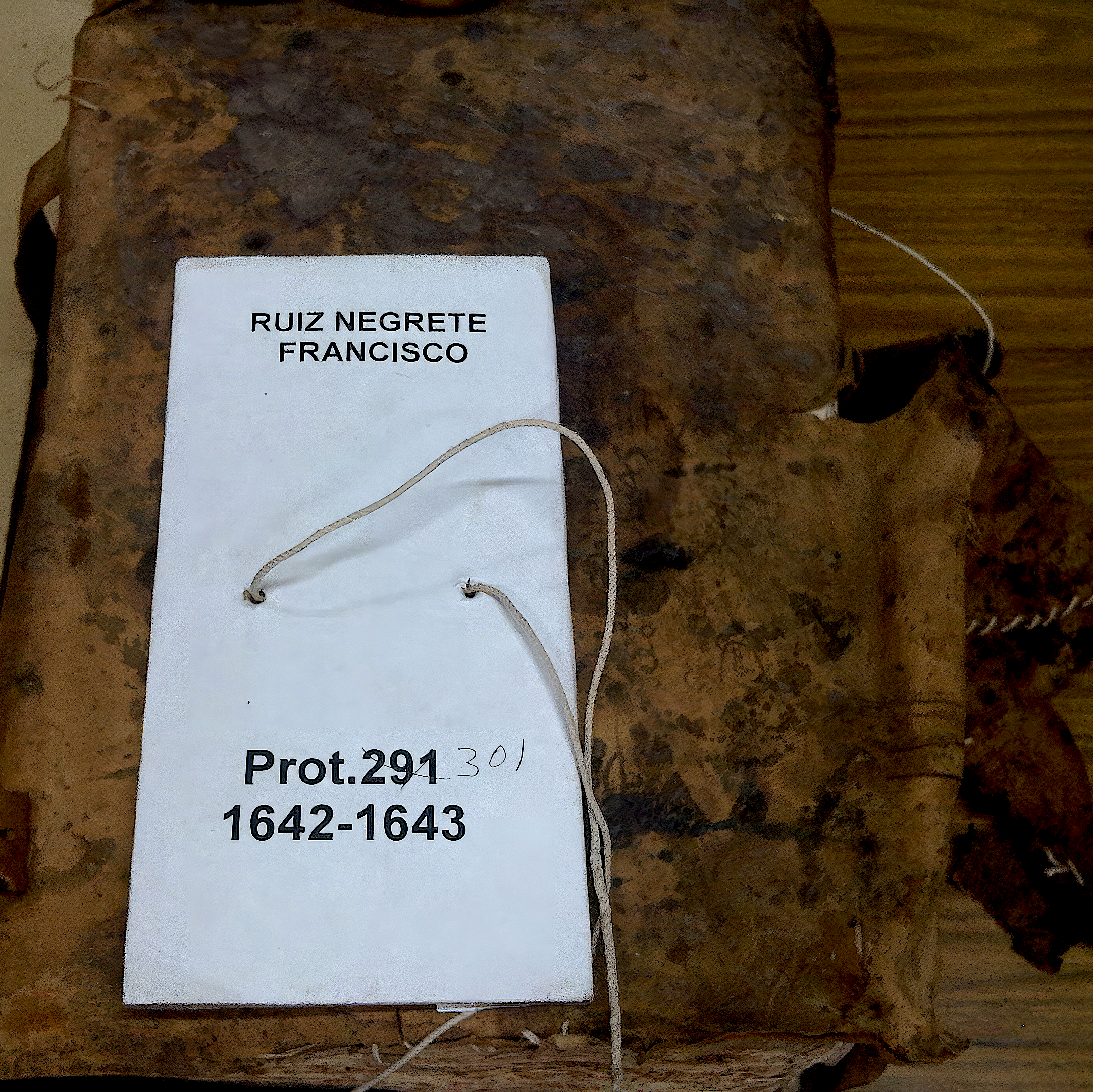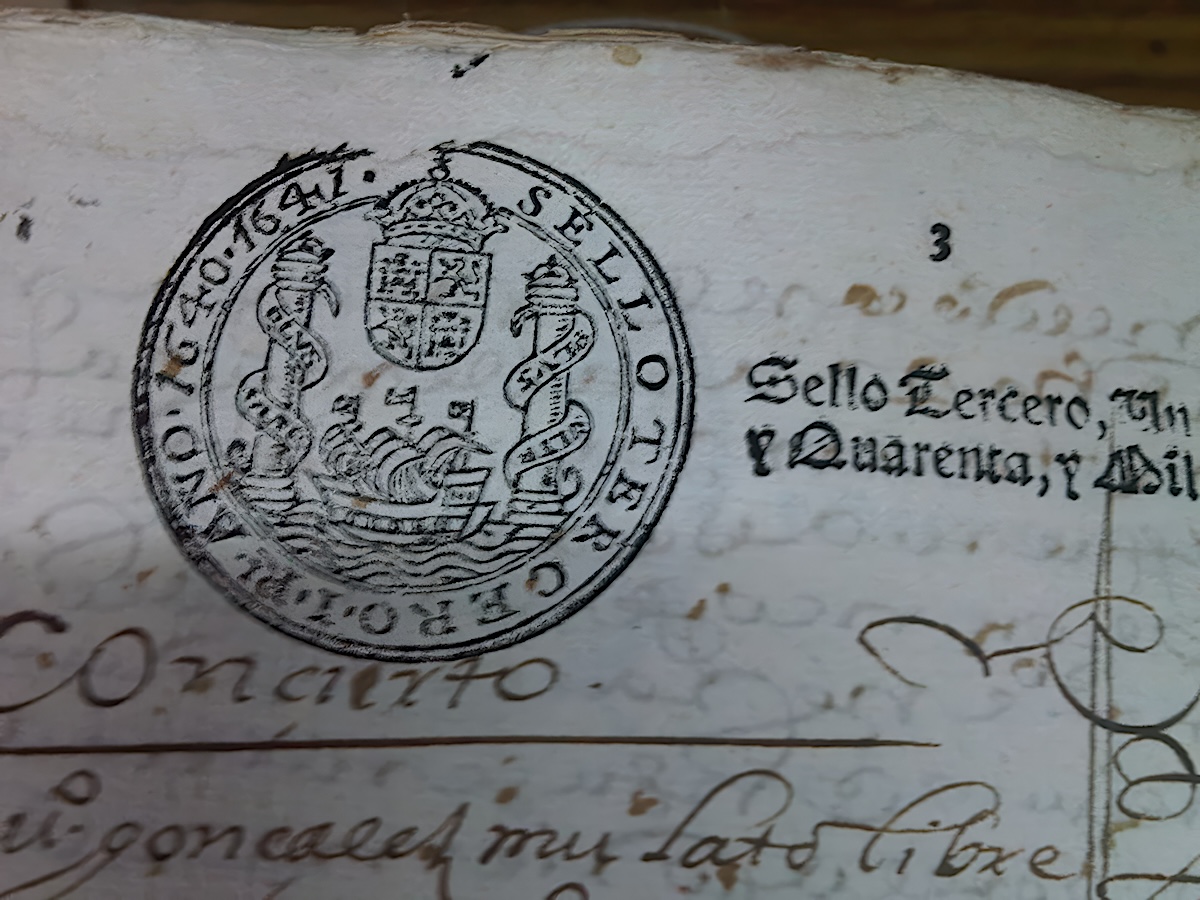Between 1982 and 1983, Anselm Pi Rambla and his team undertook a journey of archaeological, anthropological, and ecological research and exploration through various regions of Peru, collaborating with the government of architect Belaunde Terry. While in Cusco, conducting filming at Saqsaywaman, Pi Rambla, by a stroke of fate, was able to confirm firsthand the existence of the Chinkana thanks to the Prior of the Convent of Santo Domingo at that time: " .... In October 1982, I visited the Prior of the Convent of Santo Domingo to inquire about the legend of the Chinkana and whether the Dominicans had any proof of its existence. We presented our credentials from the Government of Peru, and to my great surprise, the Prior confirmed that the Chinkana did indeed exist, and he even knew where the entrance was, although it had been sealed for 40 years, and he himself had never entered it. He took us to the Main Hall of the Church, where there was a small altar on one of the sides, placed atop a wooden floor. We removed the altar and a carpet beneath it, revealing a wooden trapdoor that blended in with the floor. We opened the trapdoor and descended a staircase leading to a crypt from the colonial era. On the left-hand side of the crypt was the entrance to a tunnel, completely sealed with red brick masonry. Some of the bricks were loose, and we removed a few of them. Using a powerful flashlight, we confirmed the existence of a massive Incan tunnel. Its walls were made of rectangular andesite stones, expertly carved and fitted (similar to the temples above), with tightly joined seams. The ceiling was composed of smooth slabs, approximately 2 meters long, perfectly fitted together—truly a spectacular construction.".
Crypt Drawings

Drawing of the tunnel-chinkana integration crypt

Drawing of the crypt of the Epistle Nave and tunnel with exit to the street
The tunnel must have been very long, as the beam of the flashlight disappeared into the darkness. The Prior assured us that this tunnel was the entrance to the famous Chinkana spoken of in all the legends, which connected to Saqsaywaman. We asked for permission to break through the brick masonry wall and conduct a thorough investigation of the tunnel with the rest of the exploration team, who at that moment were filming in Saqsaywaman. I was surprised by the Prior’s reaction, as he flatly refused to allow us to explore beyond that point. His words were: "You have already seen too much. You are privileged to witness what I have shown you, and even with government permits, I will not let you enter that place as it is very dangerous." The Prior’s unexpected reaction was very frustrating, as we couldn’t quite understand why he had shown us this secret only to deny us further access. I believe that, in that moment, he became frightened and regretted revealing everything to us. Additionally, we were unable to take any photographs since we hadn’t brought a camera with us to the convent. We later submitted a report about everything that had occurred to the Government of Belaunde Terry through the Vice Minister of Tourism, Héctor Gadea Rubio. This incident was one of the main reasons why, years later, Anselm Pi Rambla and his team initiated a research project with the Government of Peru (Koricancha - Saqsaywaman Project, 2000) to explore and uncover this highly significant and well-guarded secret.











